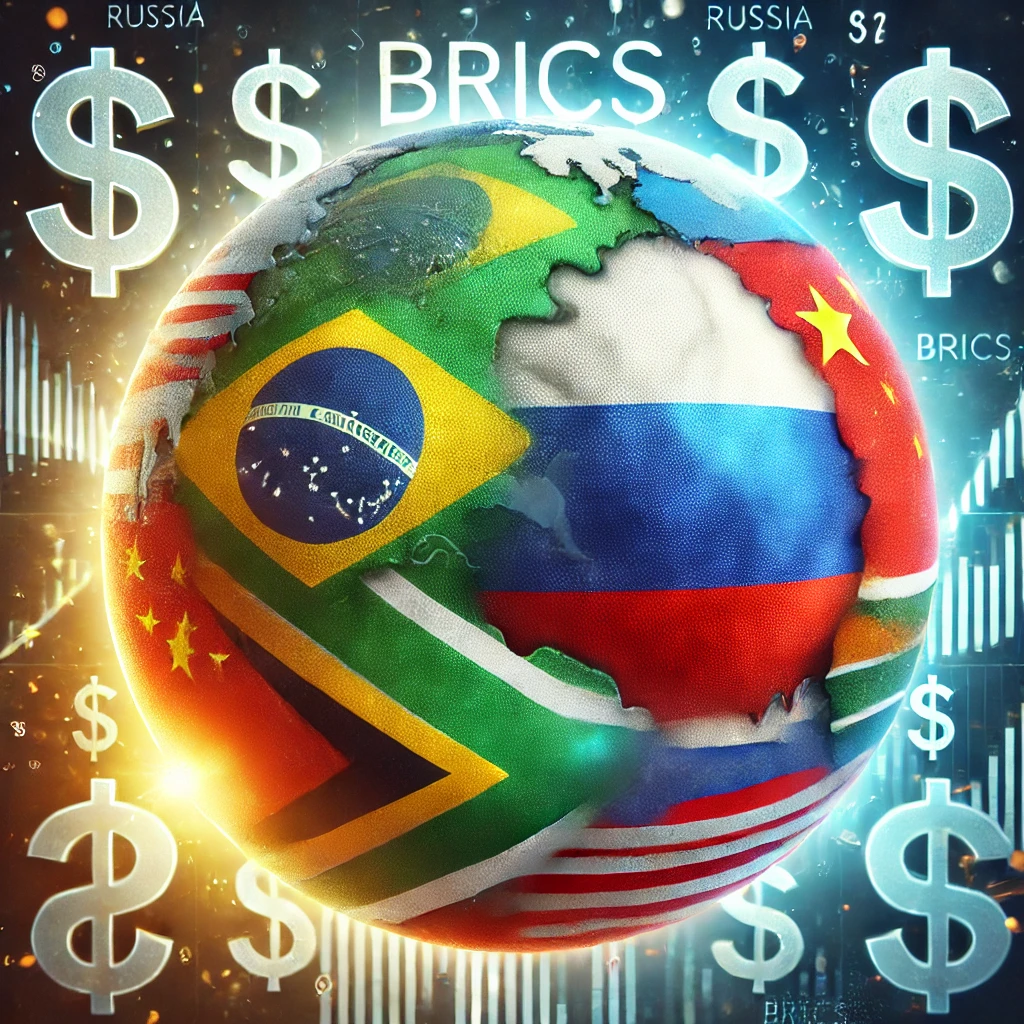BRICS: Russia Maintains Use of US Dollar
In a surprising twist, despite recent speculations and geopolitical shifts, Russia continues to utilize the US dollar within the BRICS alliance, even after former U.S. President Donald Trump’s political resurgence. For many observers, Russia’s decision underscores the intricate dynamics of global trade and finance.
Russia’s Commitment to the US Dollar
Russia’s decision to maintain its use of the US dollar within BRICS transactions comes as no shock to those familiar with international economics. **The US dollar remains the world’s dominant reserve currency**, facilitating a significant portion of global trade. Although leaders within BRICS—Brazil, Russia, India, China, and South Africa—have expressed interest in diversifying their currencies, the practicality of the US dollar cannot be easily dismissed.
– **Global Acceptance**: The dollar’s wide acceptance makes it a preferred choice for international trade.
– **Stability**: The US dollar is seen as a stable currency amidst global economic uncertainties.
– **Liquidity**: The high liquidity of the dollar supports efficient trade transactions.
Implications of Trump’s Political Influence
The re-emergence of Donald Trump in the political arena has stirred global conversations regarding economic policies and international relations. While some anticipated a shift in Russia’s stance towards the dollar due to Trump’s influence, the decision to continue using it demonstrates a pragmatic approach.
**Trump’s policies have historically impacted global economies**, but Russia’s decision indicates a separation of economic strategies from political narratives. This move suggests a prioritization of stable trade practices over political affiliations.
BRICS and the Future of Global Trade
BRICS, as a collective, continues to explore alternatives to the US dollar, aiming to establish a more balanced global economic landscape. However, the transition is gradual, requiring detailed planning and coordination among member nations.
– **Innovation in Trade Practices**: BRICS countries are investing in digital currencies and alternative payment systems.
– **Strengthening Economic Ties**: Collaborative efforts are underway to enhance intra-BRICS trade, reducing dependency on external currencies.
– **Diversification**: While the dollar remains dominant, BRICS is actively pursuing diversification to reduce currency risks.
Conclusion
**Russia’s decision to uphold the use of the US dollar within BRICS** reflects a strategic choice prioritizing economic stability over political shifts. As global markets continue to evolve, the interplay between geopolitical events and economic strategies will remain crucial. BRICS nations are likely to continue their pursuit of an adaptable, robust, and flexible global economic system that accommodates both traditional and emerging currencies.
By keeping an eye on both current and future economic landscapes, Russia and its BRICS partners can navigate the complexities of global trade while ensuring sustainable growth and cooperation among member countries.



